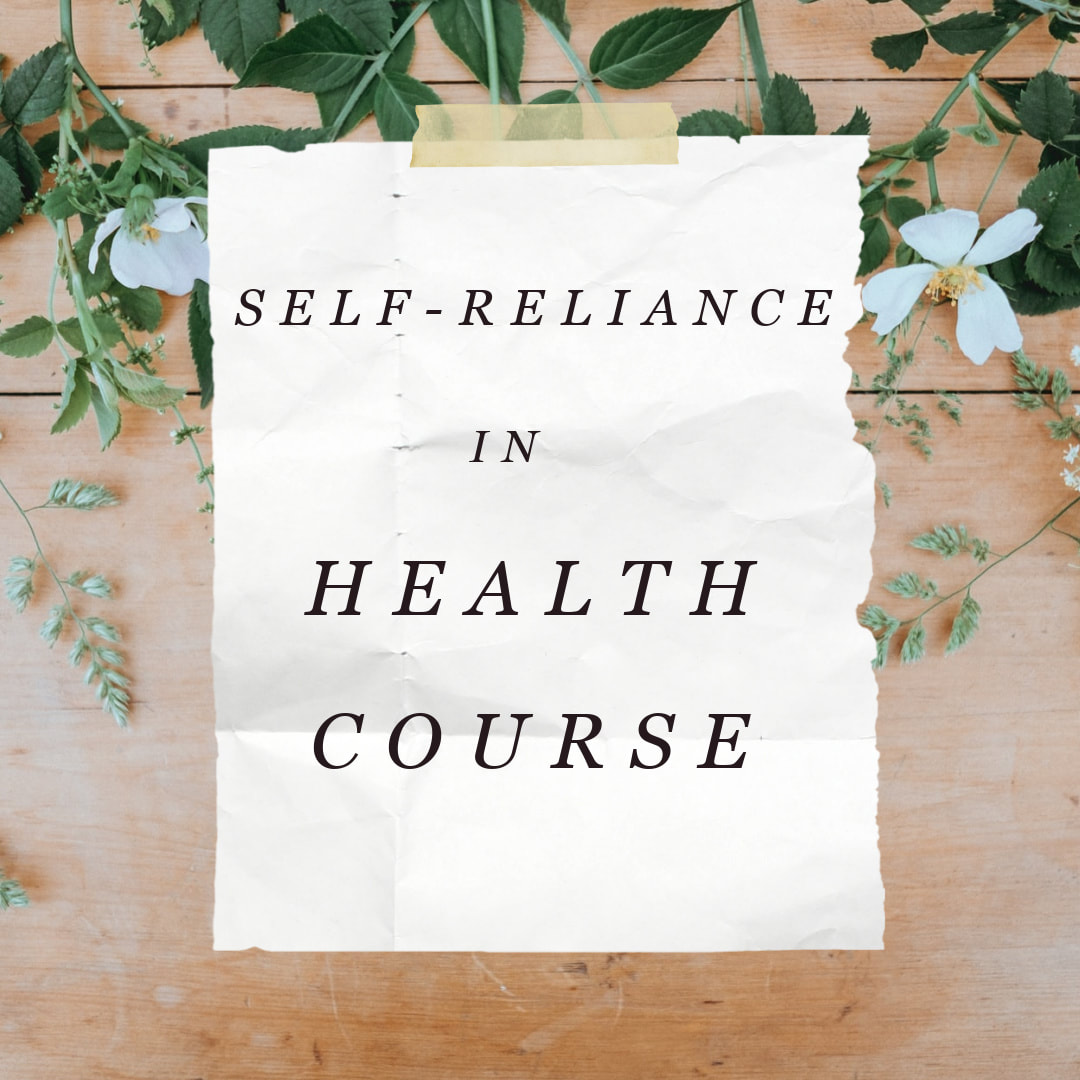Family: Cruciferae (cabbage, broccoli, cauliflower)
Parts: Aerial, leaves and blossoms
I always loved this "weed" as a child because I loved hearts and this particular plant has heart shaped seed pods that I always thought were the leaves. I find it interesting that the main use of Shepherd's purse is for stopping bleeding of all types, when the seed pods are shaped like the heart which pumps blood.
I do have a story about this wonderful plant. I was on a pioneer trek with youth from our community and one young man had a horrible bloody nose. The trek nurse did all she could to stop the bleeding but couldn't get it under control. She knew I had brought my bag of herbal goodies and sent for me to help. I immediately pulled out the shepherd's purse tincture and gave him two squirts under the tongue. Within seconds the bleeding stopped. He had lost so much blood that he had to spend the evening lying down and I gave him some nutritive herbs to help build the blood back up. By the next day he was up and walking again, but I had to leave him my shepherd's purse tincture which he clung to the remainder of the trek.
Actions and Properties
- astringent
- detergent
- diuretic (urine flow)
- hemostatic (stops internal bleeding)
- styptic (stops external bleeding)
- vulnerary (wound healing)
Uses
- Stops bleeding of all types both externally and internally.
- Cuts, wounds, and scrapes.
- Nosebleeds and hemorrhoids.
- Internal bleeding anywhere such as intestines, lungs, bladder and kidney (as seen in urine), stomach (ulcers), uterus, etc.
- Help to regulate menstrual flow, heavy bleeding, and reduce postpartum bleeding.
- Can be used to stimulate uterine contractions for inducing labor in childbirth.
- Can equalize high and low blood pressure (combines well with hawthorn and linden blossoms).
- Hastens blood coagulation and constricts blood vessels while also expanding arteries and improving blood flow.
- Irregular heartbeat, heart disease and cardiac insufficiency.
- Corrects prolapses of uterus, bladder and other organs, moving them back into their correct positions.
- Aids with rheumatic aches and pains.
- Strengthens weak muscles.
- Kidney and bladder irritation, including blood and mucus in the urine.
- Earache
Methods of Use
- Tea (not very tasty)
- Tincture (best way to utilize this plant)
- Poultice, compress
- Powdered, capsules
- Bath, wash
- Leaves can be eaten as a survival food. Harvest before the plant flowers for this purpose.
Wildcrafting/Harvesting
- Cut aerial parts or pull up the entire plant if you are "weeding" for drying or processing.
























